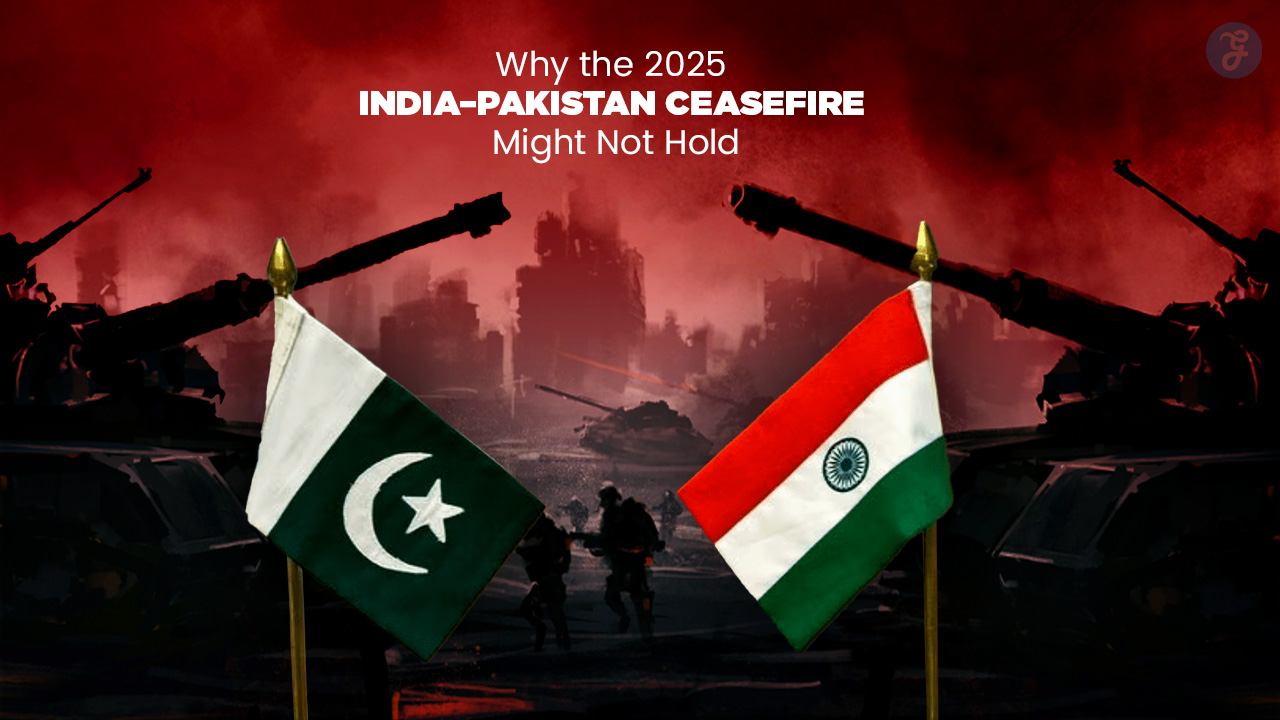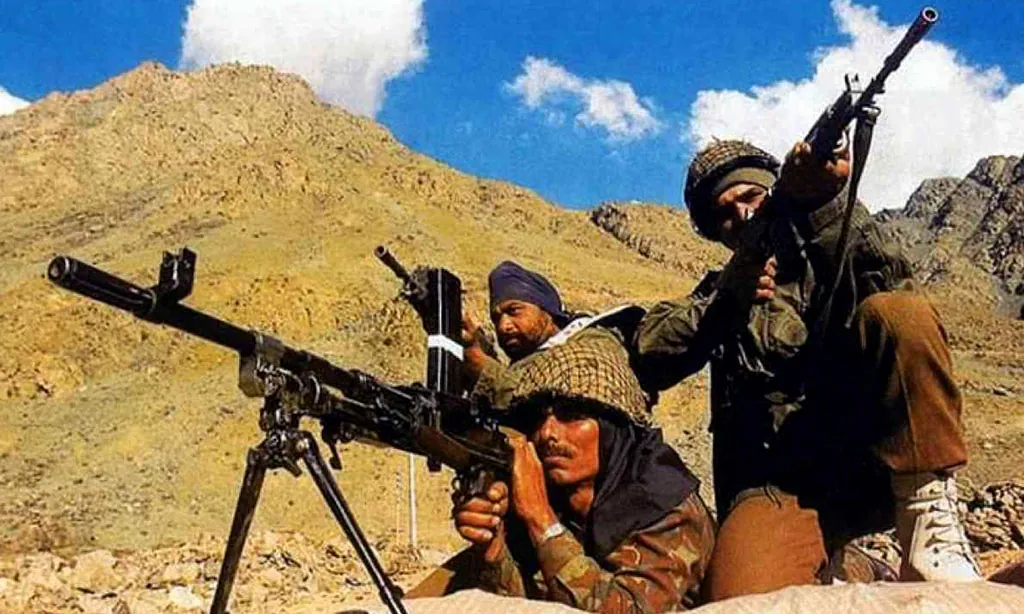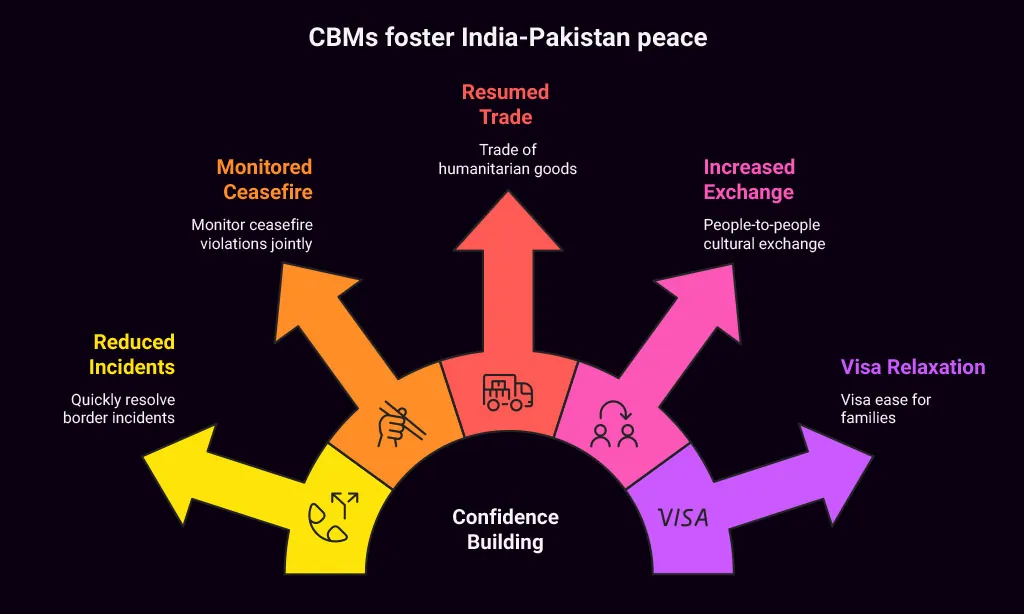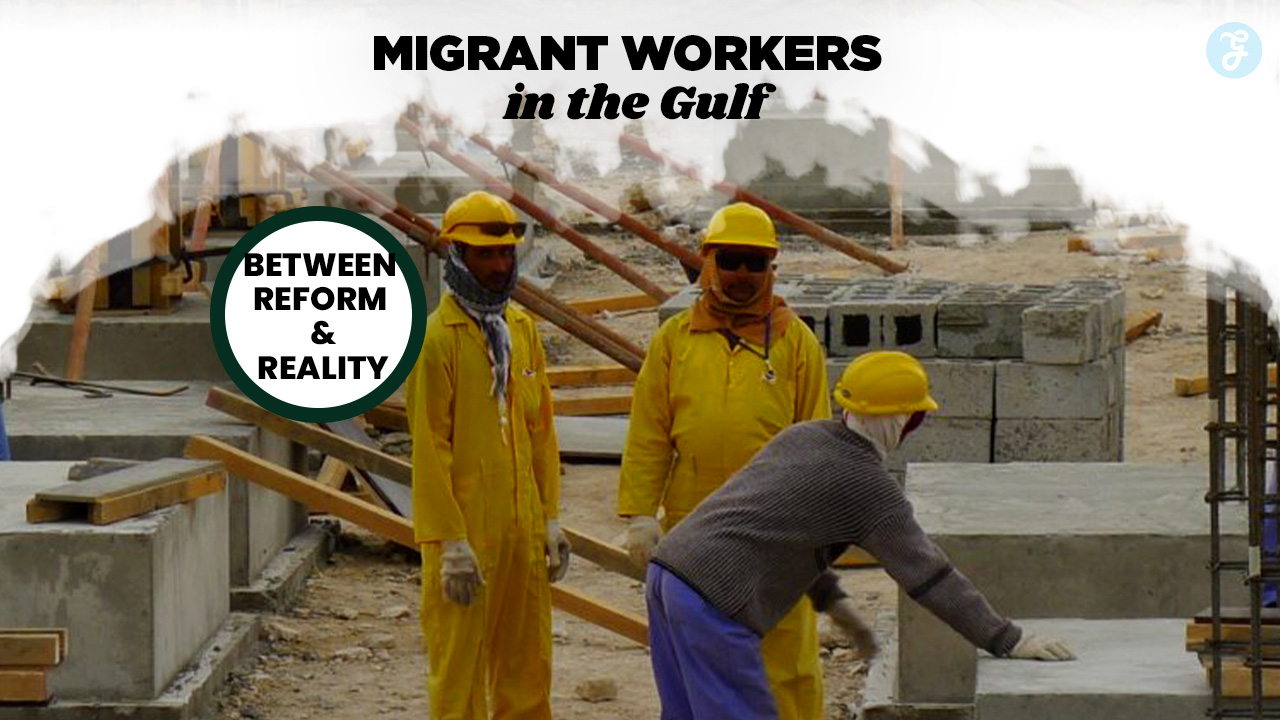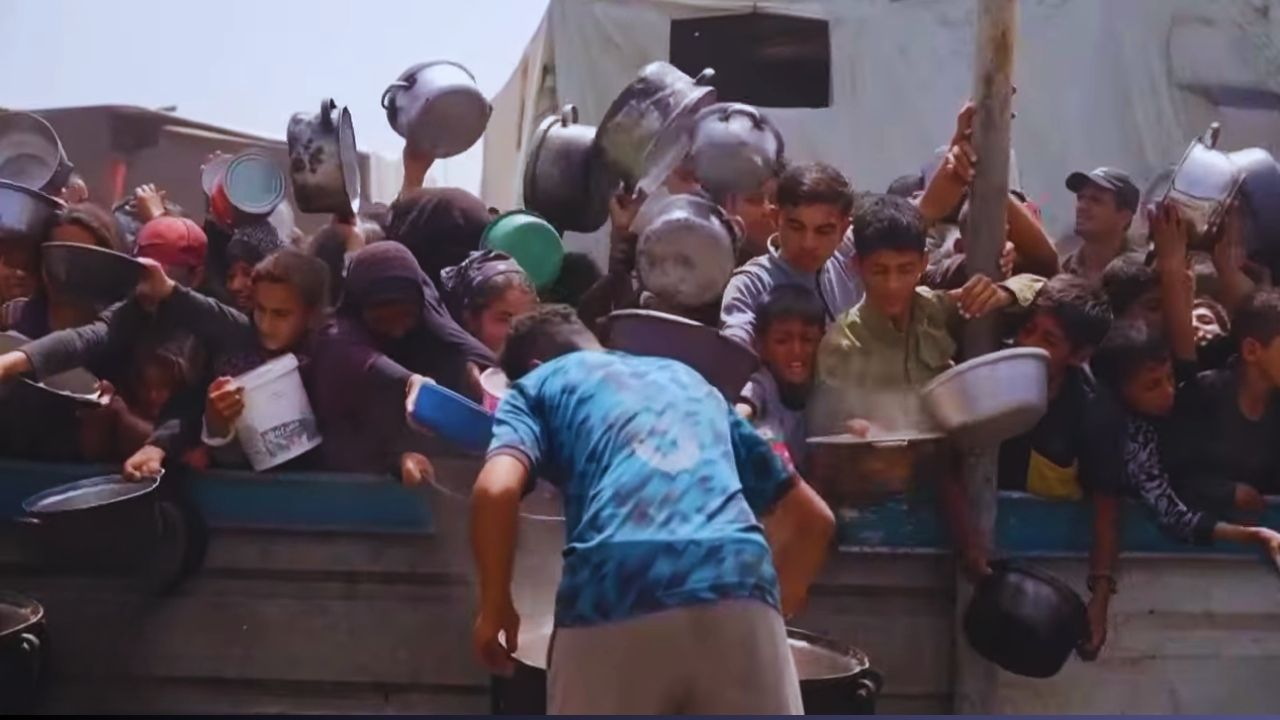On May 10, 2025, news of a U.S.-brokered ceasefire between India and Pakistan offered a brief sigh of relief in a region teetering on the edge of escalation. After weeks of deadly airstrikes, cross-border shelling, and one of the bloodiest incidents in Kashmir in recent years, leaders from both countries publicly agreed to step back.
But the ink had barely dried before skepticism set in.
India soon accused Pakistan of violating the terms within hours, citing drone incursions and renewed shelling. Pakistan denied the allegations, blaming “rogue elements” and accusing India of undermining the agreement.
This isn’t the first ceasefire between these two nuclear-armed neighbors—and history shows a troubling pattern: they rarely last. Whether brokered by the U.S., China, or the United Nations, ceasefires between India and Pakistan tend to crack under the weight of mistrust, unresolved disputes, and domestic pressures.
This editorial explores why the India–Pakistan ceasefire 2025 might not hold. It unpacks the historical patterns, the political and military calculus, and the structural weaknesses in this latest agreement. Because if peace is to be more than a pause, it must be built on more than pressure and platitudes.
A History of Fragile Truces
The 2025 ceasefire is just the latest in a long line of stopgap agreements between India and Pakistan, dating all the way back to the first war over Kashmir in 1947–48. Since then, every major military clash—1965, 1971, Kargil in 1999, the 2001–2002 standoff, the 2016 Uri attack, and the 2019 Balakot strike—has been followed by diplomatic attempts to restore calm.
In 2003, a ceasefire agreement on the Line of Control (LoC) brought a relative lull. For nearly a decade, tensions remained manageable. But that calm collapsed again in the early 2010s, with cross-border firing, infiltration attempts, and terror attacks from Pakistani-based groups triggering periodic escalations.
In 2021, another joint statement between the two militaries promised to “adhere to all ceasefire agreements.” That agreement, too, unraveled under pressure from militant activity in Kashmir and political hardening on both sides.
Each time, the pattern is familiar:
-
A crisis erupts
-
Global powers intervene
-
A ceasefire is announced
-
And violations begin—often within days or weeks
Lessons Not Learned
What makes these truces so short-lived?
First, they are typically reactionary, not proactive—emerging after blood has been spilled, not before. There are no shared frameworks for de-escalation, no independent verification mechanisms, and no agreement on what constitutes a violation.
Second, core disputes remain unresolved. The Kashmir conflict remains the heart of the rivalry, and the question of cross-border terrorism—which India accuses Pakistan of supporting—is never genuinely addressed.
Third, diplomatic fatigue sets in. Each ceasefire becomes just another headline, stripped of real accountability or long-term planning.
So while the 2025 ceasefire may have halted immediate firepower, it hasn’t changed the playbook—and that’s exactly why it’s unlikely to hold.
The Spark Behind the 2025 Conflict
The lead-up to the 2025 India–Pakistan conflict was not a single event—but a boiling pot of simmering mistrust, militant activity, and retaliatory posturing.
Tensions flared after a devastating terrorist attack in Jammu and Kashmir in April 2025, where 26 Indian and foreign tourists were killed in a coordinated assault on a popular pilgrimage site. The attack was claimed by a group India alleges has ties to Pakistan-based networks like Jaish-e-Mohammed and Lashkar-e-Taiba.
In response, India launched Operation Sindoor—a targeted military operation aimed at destroying alleged terror camps across the border in Pakistan-administered Kashmir. Indian officials claimed the strikes were “surgical, precise, and necessary.” Pakistan, however, reported significant civilian casualties, infrastructure damage, and losses at the Neelum-Jhelum hydroelectric facility, branding it an act of aggression.
The two countries traded accusations, drone strikes, and artillery fire for over a week. The LoC turned into a live conflict zone, displacing thousands of civilians and bringing both militaries to high alert.
Domestic Pressures on Both Sides
The escalation wasn’t just about terrorism—it was about political narratives at home.
In India, the Modi government was facing mounting criticism over unemployment, inflation, and an increasingly restive Kashmir. A strong military response to a terror attack helped reinforce its nationalist credentials and shift public attention.
In Pakistan, the military establishment—already grappling with economic instability and domestic dissent—seized the moment to consolidate power and rally public support. Anti-India sentiment has long been a unifying tool during periods of internal unrest.
Both governments faced populations primed for confrontation, egged on by hyper-nationalist media. Under such conditions, a sustainable ceasefire becomes a political risk, not a peace-building opportunity.
The Ceasefire’s Fragile Foundations
The May 2025 India–Pakistan ceasefire wasn’t born of bilateral diplomacy. It was brokered by the United States, with former U.S. President Donald Trump publicly taking credit for the mediation. The ceasefire announcement came not through a joint press conference, but via a tweet and carefully worded statements from each side.
There was no shared agreement document, no signed terms of disengagement, and no mention of long-term roadmaps or confidence-building measures (CBMs). It was a pause arranged under pressure, not the product of renewed trust.
India has long rejected third-party involvement in what it considers a bilateral issue, especially in Kashmir. Yet its reliance on external mediation in this case highlights a diplomatic gap—the absence of a functioning backchannel between New Delhi and Islamabad.
Without direct dialogue, accountability and clarity over ceasefire terms are limited. The situation is left open to interpretation, and any ambiguity becomes ammunition for the next blame game.
No Resolution on Root Issues
At its core, the ceasefire did not address the very issues that caused the conflict:
-
Terrorism: India’s demand for action against cross-border terror networks remains unmet
-
Kashmir: The disputed region continues to simmer, with no plan for demilitarization or political engagement
-
Trust: Decades of espionage, betrayal, and proxy warfare have eroded public and institutional confidence
There were no mechanisms included to prevent future incidents—such as coordinated intelligence sharing, hotlines, or third-party verification. The LoC remains heavily militarized. The media on both sides continues to spin war-centric narratives. And both armies remain on alert.
In essence, the 2025 ceasefire stopped the shooting—but didn’t disarm the motives. And without that deeper disarmament, resumption of hostilities is not a question of “if”—but “when.”
Risks of Escalation Still Loom
Despite public declarations of peace, signs of conflict haven’t disappeared. In the days following the 2025 ceasefire announcement, India accused Pakistan of:
-
Drone incursions across the LoC in Jammu
-
Fresh shelling in the Poonch and Rajouri sectors
-
Infiltration attempts by suspected militants into Kashmir
Pakistan, in turn, blamed India for “unprovoked aggression” and claimed that its military only responded in self-defense. This tit-for-tat narrative isn’t new—but in the absence of independent monitoring, each side sticks to its version, fueling further suspicion.
These localized flare-ups are often precursors to broader conflict, especially when casualties or high-profile incidents occur. A single miscalculated airstrike or border clash could once again spiral into full-blown military engagement—just as it did in Balakot (2019) or Kargil (1999).
Misinformation and Media Warfare
In 2025, war isn’t just fought on the battlefield—it’s waged online, in newsrooms, and across social media feeds.
India and Pakistan have both embraced information warfare, using national media to reinforce official narratives and discredit the other side. Deepfake videos, doctored images, and manipulated satellite footage have already surfaced, with each nation accusing the other of spreading fake news to justify future strikes.
State-controlled outlets, partisan news channels, and viral influencers push emotionally charged content that ignites public anger, leaving little space for nuance or dialogue.
💬 Example:
Following Operation Sindoor, Indian news networks broadcast images of destroyed terror camps. Pakistan claimed these were civilian buildings—and released contradictory drone footage.
In such an environment, facts are blurred, and truth becomes another casualty. Without media restraint and verified information channels, public pressure can force governments to respond aggressively—even when diplomacy is still an option.
Regional and Global Complications
While the 2025 ceasefire may appear to be a bilateral matter, China looms large in the backdrop. As Pakistan’s closest military and economic ally—and India’s main regional rival—Beijing has a vested interest in Indo-Pakistani tensions.
China has invested heavily in the China–Pakistan Economic Corridor (CPEC), which runs through parts of Pakistan-administered Kashmir—a region India claims as its own. Any escalation threatens that infrastructure and China’s strategic foothold in South Asia.
At the same time, India’s border tensions with China in the Ladakh region remain unresolved. The possibility of a two-front scenario—facing threats from both Pakistan and China—complicates India’s defense posture.
For Pakistan, Chinese military and diplomatic backing emboldens its position, knowing it has a major power to lean on. For India, China’s growing presence across the region only deepens its security paranoia, reducing room for compromise.
In effect, peace between India and Pakistan cannot be isolated from broader Asian geopolitics—and that makes the ceasefire even more precarious.
Global Politics and Diplomatic Fatigue
When the 2025 ceasefire was announced, the world welcomed it—but few were deeply involved in making it stick.
The United States, led by former President Trump, played a mediating role—but its current global focus is split between Eastern Europe (Ukraine), Gaza, Taiwan, and domestic election battles. The United Nations issued a call for restraint, but with no enforcement power and limited leverage on either nation.
Meanwhile, global powers like the EU and UK are focused on economic instability, climate disruptions, and energy crises. In short: no one is watching South Asia closely enough to prevent the next spark.
At the same time, both India and Pakistan are ramping up arms modernization:
-
India deployed its S-400 missile system along the border
-
Pakistan continues to procure advanced drones and tactical nuclear options
-
Naval drills, cyber defense expansions, and space surveillance are all escalating
These moves don’t indicate de-escalation—they signal preparation.
What It Would Take for the Ceasefire to Last
If peace is to move beyond a headline, India and Pakistan must return to confidence-building measures (CBMs)—the quiet steps that reduce tension and build trust, away from cameras and campaign trails.
Some proven or proposed CBMs include:
-
Military-to-military hotlines to quickly resolve border incidents
-
Joint verification mechanisms to monitor ceasefire violations
-
Resumption of trade (especially humanitarian goods and pharmaceuticals)
-
People-to-people exchanges, including cultural events, media delegations, and academic visits
-
Visa relaxations for divided families and cross-border religious pilgrims
Many of these existed in the early 2000s—and worked to de-escalate routine tensions. Today, restarting them requires political will and a long-term vision beyond short-term political gains.
Political Will Over Posturing
More than any diplomatic tool, what India and Pakistan need is political courage.
-
For India, this means balancing national security with engagement—recognizing that not every overture is weakness.
-
For Pakistan, it means confronting non-state actors and military interference in foreign policy—without hiding behind deniability.
-
For both, it means choosing dialogue over dramatics, especially in moments of crisis.
International players can facilitate, but only the two countries can sustain peace. It will take leadership that chooses stability over score-settling, and citizens willing to demand accountability—not just aggression—from their governments.
Takeaways: Ceasefires Stop Bullets—Not Mistrust
The 2025 India–Pakistan ceasefire offered the region a rare pause, a breath between barrages. But peace is not built on pauses. And in South Asia—where history is deep, wounds are fresh, and distrust runs high—a fragile ceasefire alone cannot hold back decades of unresolved conflict.
The root issues remain untouched: Kashmir’s future, cross-border militancy, mutual propaganda, and the lack of genuine political dialogue. Add to that external interference, misinformation warfare, and domestic populism, and you have a ceasefire balanced on a razor’s edge.
India and Pakistan have the choice: let this be another fleeting armistice… or the foundation for real diplomacy. But that choice demands something harder than military action—it demands vision, humility, and accountability.
Because without action to match announcements, this truce will follow the pattern of the past: declared, doubted, and eventually discarded.


